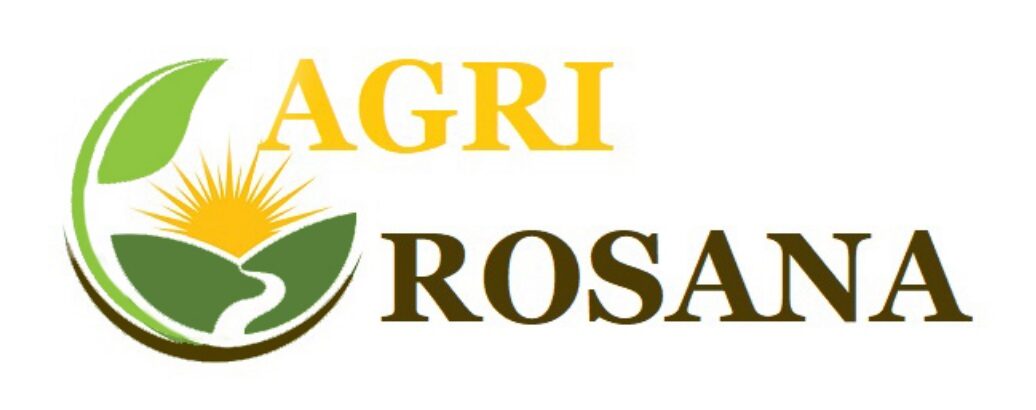What is Relapse Abstinence Violation Effect & Relapse Rates By Drug
Changing bad habits of any kind takes time, and thinking about success and failure as all-or-nothing is counterproductive. In the case of addiction, brains have been changed by behavior, and changing them back is not quick. Research shows that those who forgive themselves for backsliding into old behavior perform better in the future. Getting back on track quickly after a lapse is the real measure of success.
- Multiple theories of motivation for behavior change support the importance of self-selection of goals in SUD treatment (Sobell et al., 1992).
- Early attempts to establish pilot SSPs were met with public outcry and were blocked by politicians (Anderson, 1991).
- A better understanding of one’s motives, one’s vulnerabilities, and one’s strengths helps to overcome addiction.
- The focus is on identifying and accepting the urge, not acting on the urge or attempting to fight it4.
- Shiffman and colleagues describe stress coping where substance use is viewed as a coping response to life stress that can function to reduce negative affect or increase positive affect.
According to Marlatt, this cascading effect leads to a relapse that occurs due to a cascading effect that entails several issues. Mark’s key responsibilities include handling day-to-day maintenance matters and oversees our Environment of Care management plan in conjunction with Joint Commission and DCF regulations. Mark’s goal is to provide a safe environment where distractions are minimized, and abstinence violation effect treatment is the primary focus for clients and staff alike. Mark received a bachelor’s degree in Business Administration, with a minor in Economics from the University of Rhode Island. He is a licensed residential home inspector in the state of Florida and relates his unique experience of analyzing a property and/or housing condition to determining any necessary course of action at our facility.
How Do You Prevent The Abstinence Violation Effect?
Furthermore, abstinence remains a gold standard treatment outcome in pharmacotherapy research for drug use disorders, even after numerous calls for alternative metrics of success (Volkow, 2020). Models of nonabstinence psychosocial treatment for drug use have been developed and promoted by practitioners, but little empirical research has tested their effectiveness. This resistance to nonabstinence treatment persists despite strong theoretical and empirical arguments in favor of harm reduction approaches. Specific intervention strategies include helping the person identify and cope with high-risk situations, eliminating myths regarding a drug’s effects, managing lapses, and addressing misperceptions about the relapse process. Other more general strategies include helping the person develop positive addictions and employing stimulus-control and urge-management techniques. Researchers continue to evaluate the AVE and the efficacy of relapse prevention strategies.
Pregnant Women on Anti-Addiction Medication Had Their Babies … – The New York Times
Pregnant Women on Anti-Addiction Medication Had Their Babies ….
Posted: Sat, 01 Jul 2023 07:00:00 GMT [source]
In this technique, the client is first taught to label internal sensations and cognitive preoccupations as an urge, and to foster an attitude of detachment from that urge. The focus is on identifying and accepting the urge, not acting on the urge or attempting to fight it4. Cognitive restructuring can be used to tackle cognitive errors such as the abstinence violation effect. Clients are taught to reframe their perception of lapses, to view them not as failures but as https://ecosoberhouse.com/ key learning opportunities resulting from an interaction between various relapse determinants, both of which can be modified in the future. Relapse prevention initially evolved as a calculated response to the longer-term treatment failures of other therapies. The assumption of RP is that it is problematic to expect that the effects of a treatment that is designed to moderate or eliminate an undesirable behaviour will endure beyond the termination of that treatment.
5. Feasibility of nonabstinence goals
Clients are expected to monitor substance use (see Table 8.1) and complete homework exercises between sessions. These properties of the abstinence violation effect also apply to individuals who do not have a goal to abstain, but instead have a goal to restrict their use within certain self-determined limits. The limit violation effect describes what happens when these individuals fail to restrict their use within their predetermined limits and the subsequent effects of this failure. These individuals also experience negative emotions similar to those experienced by the abstinence violators and may also drink more to cope with these negative emotions. Cognitive dissonance also arises, and attributions are then made for the violation.
- Relapse occurs when this behavior accelerates back into prolonged and compulsive patterns of drug abuse.
- Effective coping skills can lead to increased self-efficacy, and a decreased probability of a lapse.
- This article discusses the concepts of relapse prevention, relapse determinants and the specific interventional strategies.
- AA was established in 1935 as a nonprofessional mutual aid group for people who desire abstinence from alcohol, and its 12 Steps became integrated in SUD treatment programs in the 1940s and 1950s with the emergence of the Minnesota Model of treatment (White & Kurtz, 2008).


